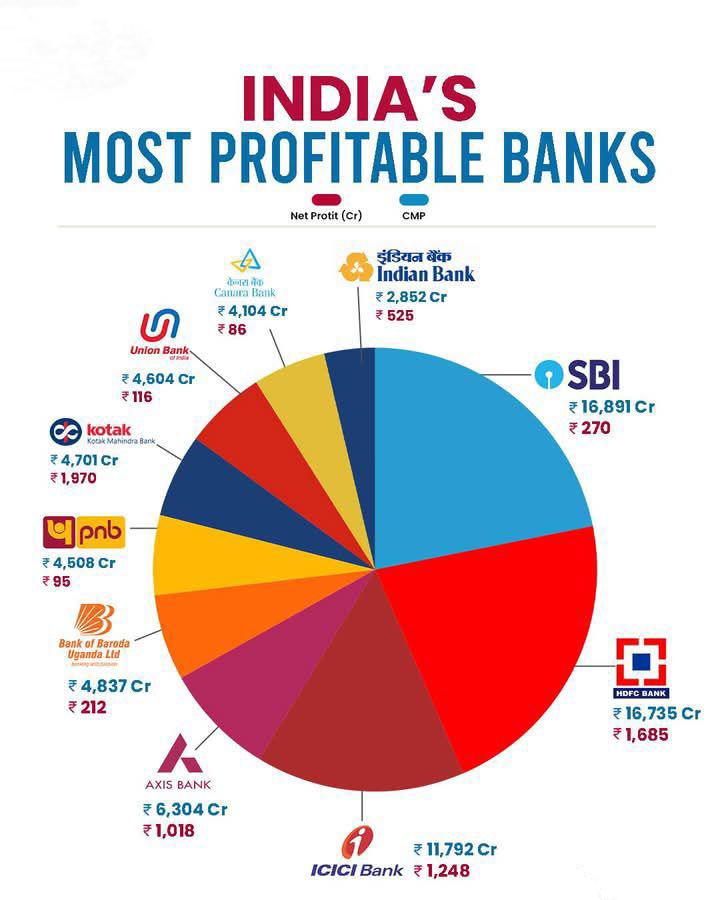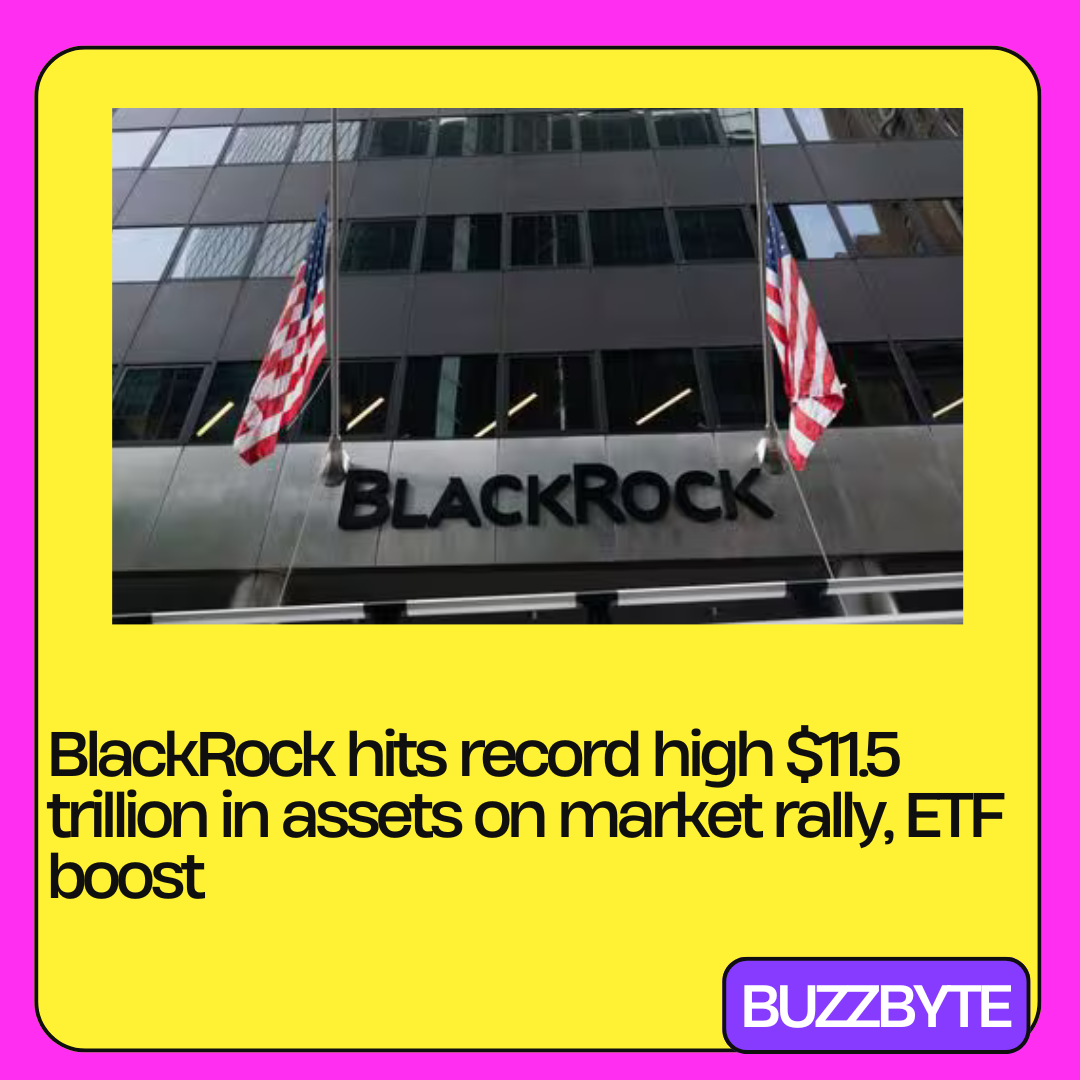Back
Tarun Suthar
CA Inter | CS Execut... • 2m
How The World is Drowned in a $300 Trillion Debt Bubble Three Times Its Size. 👀🤯 You've noticed something unsettling: Early every major country, from the US and China to the UK and India, is drowning in Debt. The US owes $36 trillion, and while China holds a piece of that, it has its own $18 trillion debt to manage. Logically, one might think these debts would balance each other out. Yet, the world is collectively under a staggering $300 trillion of debt, a figure almost three times the size of the entire global economy, which stands at about $100 trillion. So, where did all this debt come from, and who is the ultimate lender? The answer lies in a cycle that has been spinning for over 50 years. The Cycle of Self-Funded Debt : The situation began in the early 1970s when the financial system underwent a monumental change. Most world currencies, previously tied to a finite resource - gold were delinked. This allowed the US, followed by others, to print money as needed to fund growth, infrastructure, and other projects. This created a powerful, self-perpetuating cycle: ▶️ Governments Print & Spend: To fuel the economy, governments print money, which is spent on projects and enters the hands of the public. ▶️ People Save: People deposit their earnings and savings into banks. ▶️ Banks Lend Back to the Government: Banks then use these deposits to buy government bonds. In essence, they are lending your money back to the very government that printed it. This cycle means that a huge portion of a country's debt is owed to its own citizens. For example, 70% of the US debt is held by American citizens and institutions through this mechanism. As more money is printed, more goes into banks, more bonds are bought, and the national debt spirals ever higher. Today, major nations are funding around 20% of their yearly spending through new borrowing. ⚠️The Breaking Point : This system is now showing signs of extreme stress. With a global debt three times the global GDP, it's clear these loans can never be fully repaid. When governments can no longer afford to even pay the interest, they face three difficult choices: 1️⃣ Print more money, which leads to high inflation and civil unrest. 2️⃣ Increase taxes, which also risks public anger and civil unrest. 3️⃣ Borrow even more money. The third option is becoming increasingly difficult. The vast amount of money in circulation has fueled stock markets, like those in the US, to "crazy returns". As a result, people are investing their money for higher returns rather than keeping it in bank savings accounts. This leaves banks with less money to lend to governments. To attract investors back to bonds, governments would have to offer higher interest rates, which they cannot afford. ☣️ This is why there's speculation that the US President might even welcome a stock market crash. A crash could scare people into pulling their money from stocks and putting it back into the perceived safety of banks. This would, in turn, allow banks to lend more to the government, keeping the cycle going a little longer. The entire world is now sitting on a massive, precarious financial bubble.🫧 The consequences are already visible: rising inflation, growing wealth disparity, and increasing civil and geopolitical unrest across the globe.
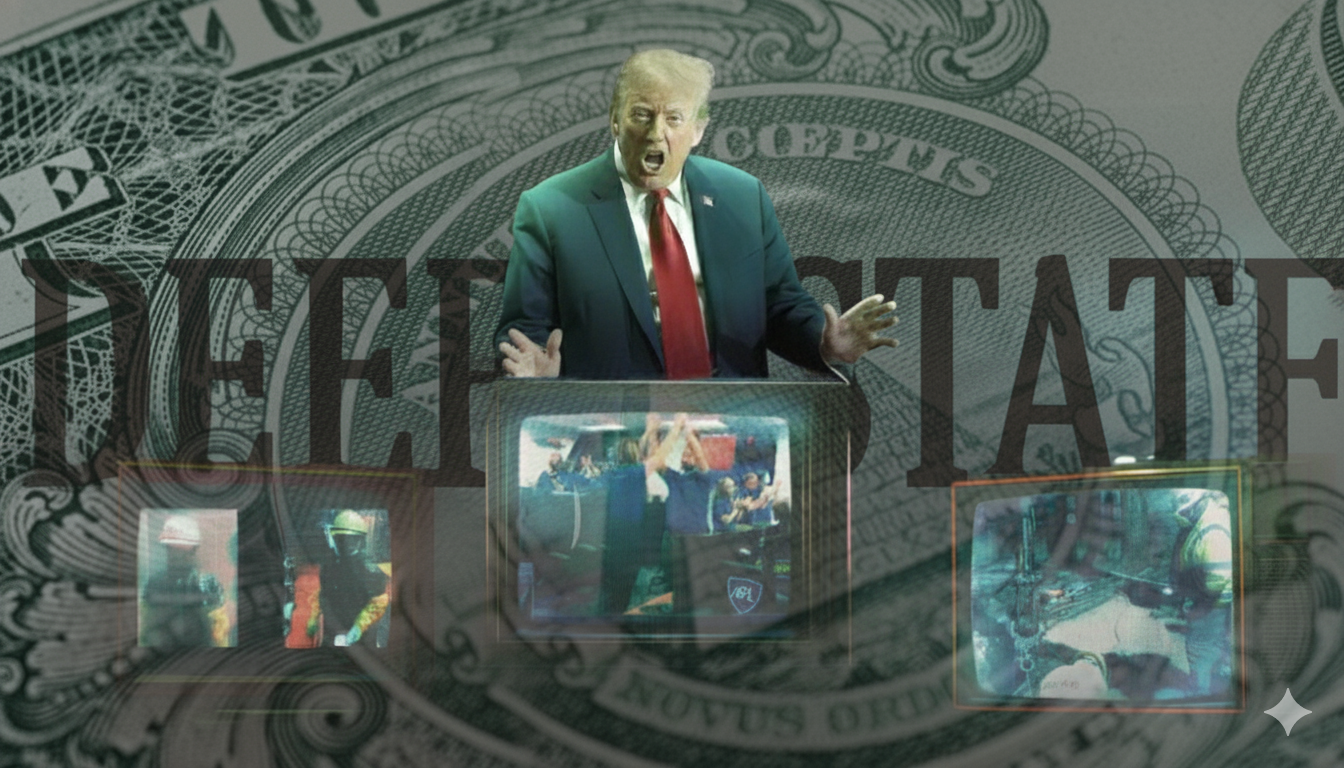
More like this
Recommendations from Medial
Kiran Sabale
Startup Ecosystem En... • 1y
There are abundance of lending Banks and NBFacs out there but do you think we need a proper debt collection platform which would be customer centric? In last 5 years, the banks has written off $129B bad debt. Do you think there must be a proper chan
See MorePulakit Bararia
Founder Snippetz Lab... • 9m
We think of banks as places that store our money and keep it safe. But that’s not really what’s going on. When a bank gives out a loan, they don’t get poorer. They simply type new money into your bank account. It’s brand-new money that never exis
See MoreTushar Aher Patil
Trying to do better • 1y
Day 4 About Basic Finance Concepts Here's Some New Concepts Financial Markets and Institutions Stock Markets: Where shares of publicly traded companies are bought and sold (e.g., New York Stock Exchange) Bond Markets: Markets where debt securitie
See More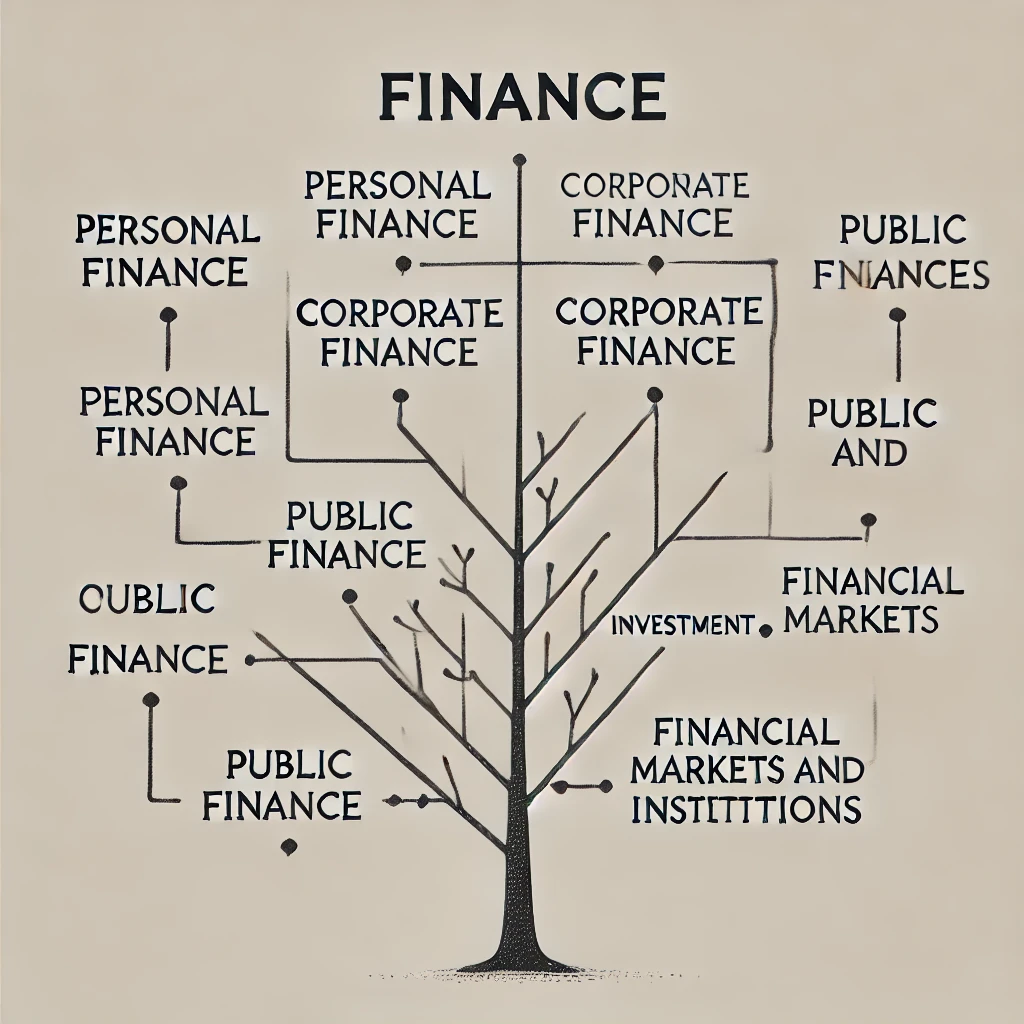
Jagan raj
Founder & CEO of Tec... • 10m
Why does no one talk about this man? this man Larry fink manages 11.6 trillion AUM as of the latest report the total assets held by all Federal Reserve banks were $6.832 trillion no matter who is the president of America who controls the money s
See More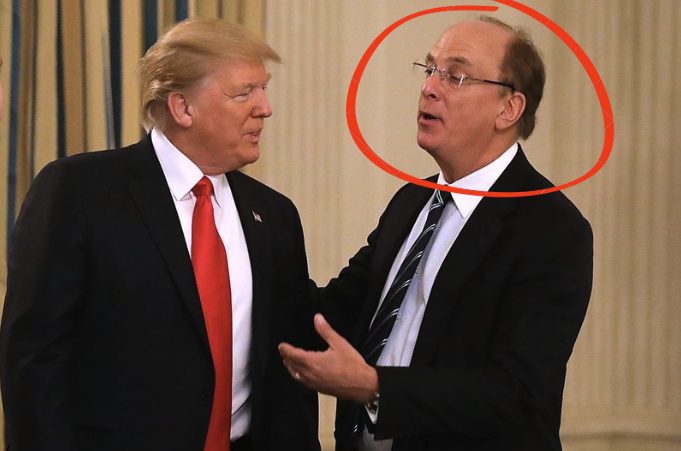
Akshat kumar Jain
Front end developmen... • 11m
Indian household debt has skyrocketed, reaching Rs 120 trillion in March 2024, a 56% increase since June 2021. This has pushed the debt-to-GDP ratio to 42.9%, raising concerns about consumer spending. With housing loans comprising 30% and vehicle
See MoreDownload the medial app to read full posts, comements and news.










